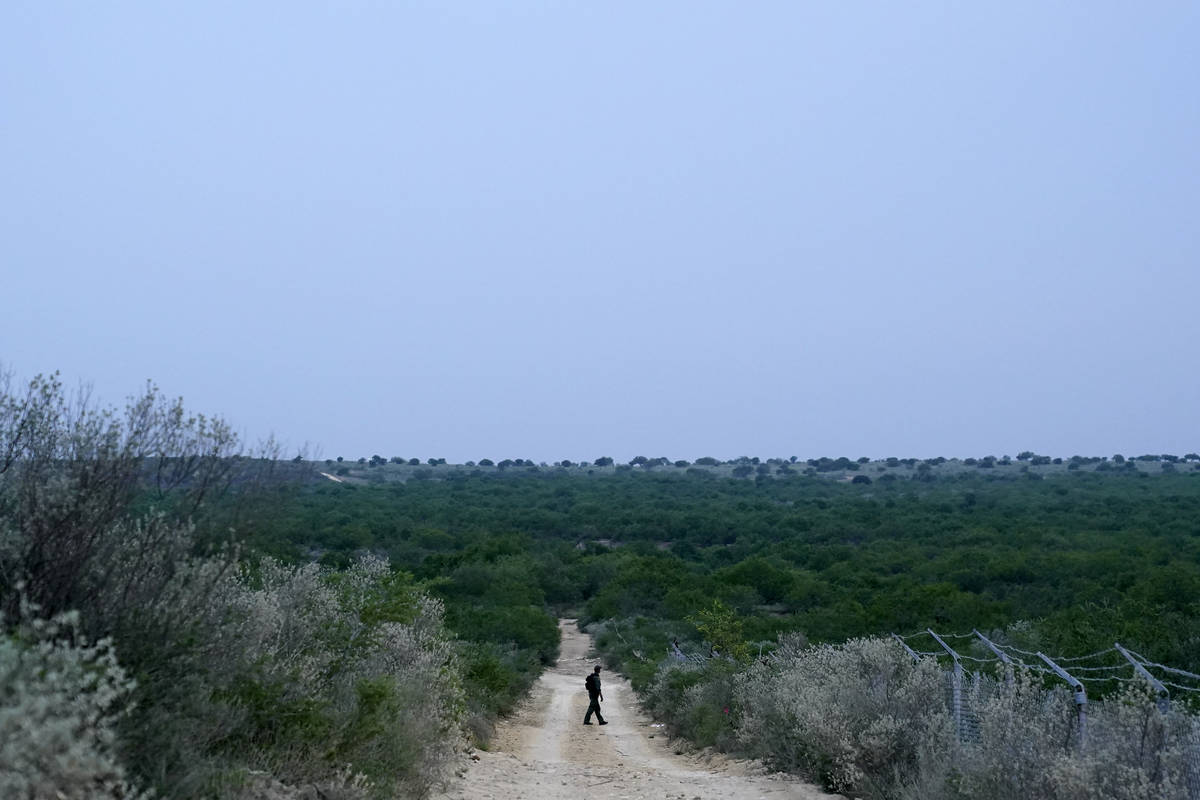RUBEN NAVARETTE JR.: Fear of immigrants is wrapped up in fear of changing demographics
By now, every American should know what the immigration debate is really all about.
First, let’s be crystal clear regarding what the debate is not about.
It’s not about the rule of law. How could that be when the people who claim to be most concerned with law and order are some of the same folks who condone a mob of Trump supporters storming the U.S. Capitol and beating police officers?
It’s not about border security. How could that be when former President Donald Trump prescribed that the best way to secure the U.S.-Mexico border was to build a “big, beautiful wall” reminiscent of the 12th century?
It’s not about keeping out illegal immigrants in order to preserve a tradition of welcoming legal immigrants. The truth is, legal immigrants are no more welcome than those who come illegally.
And, as thousands of Afghan refugees are learning — including many who risked their lives by helping the U.S. military, and will likely now suffer the wrath of the Taliban — it’s not about serving as a safe haven that welcomes the stranger.
The U.S. immigration debate isn’t about any of those things. It’s about fear and racism. And it’s about worry and apprehension over changing demographics.
Now, the 2020 Census figures — regarding race and ethnicity — are rolling out, and it is official: The country’s demographics are changing. The United States is becoming more Mexican, and in a larger sense, more Latino.
There are now about 62.1 million Latinos in the United States, who make up 18.7 percent of the U.S. population, which is just more than 333 million people. That means nearly 1 in 5 Americans is Latino. That’s a big deal.
And an even bigger deal is on the horizon, given that demographers have long predicted that the United States will be one quarter Latino by 2040.
As go Latinos, so goes America. The largest and most steady gains in the U.S. population over the past decade were among Latinos. According to analysis of the Census figures, that group doubled its share of the U.S. population over the past three decades. It also accounts for half of the nation’s growth since 2010.
The other big story from the census reveal was the growth of the Asian and Pacific Islander population, which now numbers 25.6 million people and represents a little more than 7 percent of the U.S. population.
Here’s an attention-grabbing headline: The United States is no longer Black-and-White. Now, increasingly, the new paradigm will be Latino-and-Asian.
Together, the two groups represent more than 25 percent of the U.S. population. In California, they make up — combined — nearly 60 percent of the state population.
Not everyone is thrilled with these developments. Many whites worry about an “invasion” of foreigners who are going to make them a statistical minority sometime between 2040 and 2050. Already, this year, the total number of white people declined for the first time in the history of the census.
Fear of immigrants is an old story. It began in the mid-18th century when Benjamin Franklin wrung his hands about German immigrants coming into Pennsylvania who, Franklin feared, would “shortly be so numerous as to Germanize us instead of our Anglifying them.”
Then came the Chinese who were thought to be too foreign to assimilate into American society, and the Irish who Sen. Henry Cabot Lodge warned were “diminishing the quality of our citizenship.”
As Catholics who spoke a different language, the Italians who started arriving at Ellis Island at the end of the 19th century gave people such a fright that Congress passed the Immigration Act of 1924. The nativist piece of legislation established immigration quotas to keep out undesirables such as the ones from what was euphemistically referred to as “Southern Europe.” Where’s that? Grab a map.
In this country, the one constant is change. The United States used to be one thing, but it’s constantly evolving and becoming different things.
It’s always the case that some people feel threatened by change. They’re unnerved by the feeling that they will be displaced or left behind. A relative few may even worry about payback and believe that the formerly oppressed will become the new oppressors. Then there are the nativists and racists, who think that new arrivals are always inferior to the folks who are already here.
For the past 30 years, working at newspapers throughout the Southwest, I’ve heard white people sound the alarm about how America was “becoming Mexico.”
What do you know? They were right.
— Ruben Navarrette’s email address is ruben@rubennavarrette.com. His podcast, “Ruben in the Center,” is available through every podcast app.




























